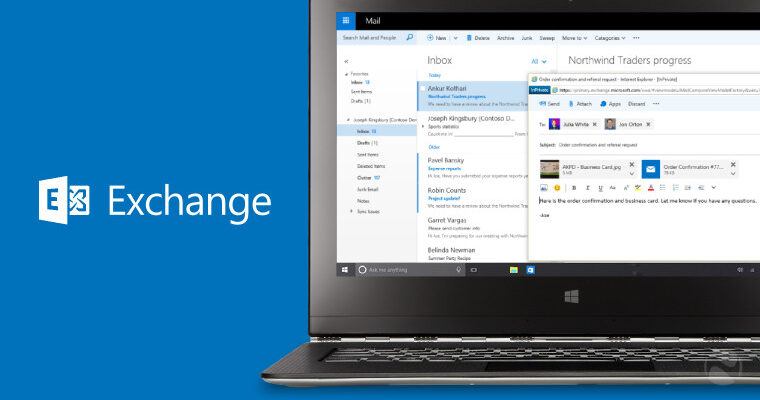Hello All. As many of you may have heard, this new 0-day vulnerability affecting on-premise Microsoft Exchange servers is the latest in a string of problems that caused bad days for a lot of companies. Microsoft has detected multiple 0-day exploits being used to attack on-premises versions of Microsoft Exchange Server in limited and targeted attacks. In the attacks observed, the threat actor used these vulnerabilities to access on-premises Exchange servers which enabled access to email accounts, and allowed installation of additional malware to facilitate long-term access to victim environments.
Some details on the HAFNIUM group from Microsoft are as follows:
The vulnerabilities recently being exploited were CVE-2021-26855, CVE-2021-26857, CVE-2021-26858, and CVE-2021-27065, all of which were addressed in today’s Microsoft Security Response Center (MSRC) release –
HAFNIUM primarily targets entities in the United States across a number of industry sectors, including infectious disease researchers, law firms, higher education institutions, defense contractors, policy think tanks, and NGOs.
HAFNIUM has previously compromised victims by exploiting vulnerabilities in internet-facing servers, and has used legitimate open-source frameworks, like Covenant, for command and control. Once they’ve gained access to a victim network, HAFNIUM typically exfiltrates data to file sharing sites like MEGA.
In campaigns unrelated to these vulnerabilities, Microsoft has observed HAFNIUM interacting with victim Office 365 tenants. While they are often unsuccessful in compromising customer accounts, this reconnaissance activity helps the adversary identify more details about their targets’ environments.
HAFNIUM operates primarily from leased virtual private servers (VPS) in the United States.
The vulnerabilities mainly target flaws related to a deserialization vulnerability in the Unified Messaging service and arbitrary file write vulnerabilities:
CVE-2021-26855 is a server-side request forgery (SSRF) vulnerability in Exchange which allowed the attacker to send arbitrary HTTP requests and authenticate as the Exchange server.
CVE-2021-26857 is an insecure deserialization vulnerability in the Unified Messaging service. Insecure deserialization is where untrusted user-controllable data is deserialized by a program. Exploiting this vulnerability gave HAFNIUM the ability to run code as SYSTEM on the Exchange server. This requires administrator permission or another vulnerability to exploit.
CVE-2021-26858 is a post-authentication arbitrary file write vulnerability in Exchange. If HAFNIUM could authenticate with the Exchange server then they could use this vulnerability to write a file to any path on the server. They could authenticate by exploiting the CVE-2021-26855 SSRF vulnerability or by compromising a legitimate admin’s credentials.
CVE-2021-27065 is a post-authentication arbitrary file write vulnerability in Exchange. If HAFNIUM could authenticate with the Exchange server then they could use this vulnerability to write a file to any path on the server. They could authenticate by exploiting the CVE-2021-26855 SSRF vulnerability or by compromising a legitimate admin’s credentials.
Makes those organizations that did not trust M365’s Exchange Online to want to re-think their e-mail plans for 2021. Just Saying.

